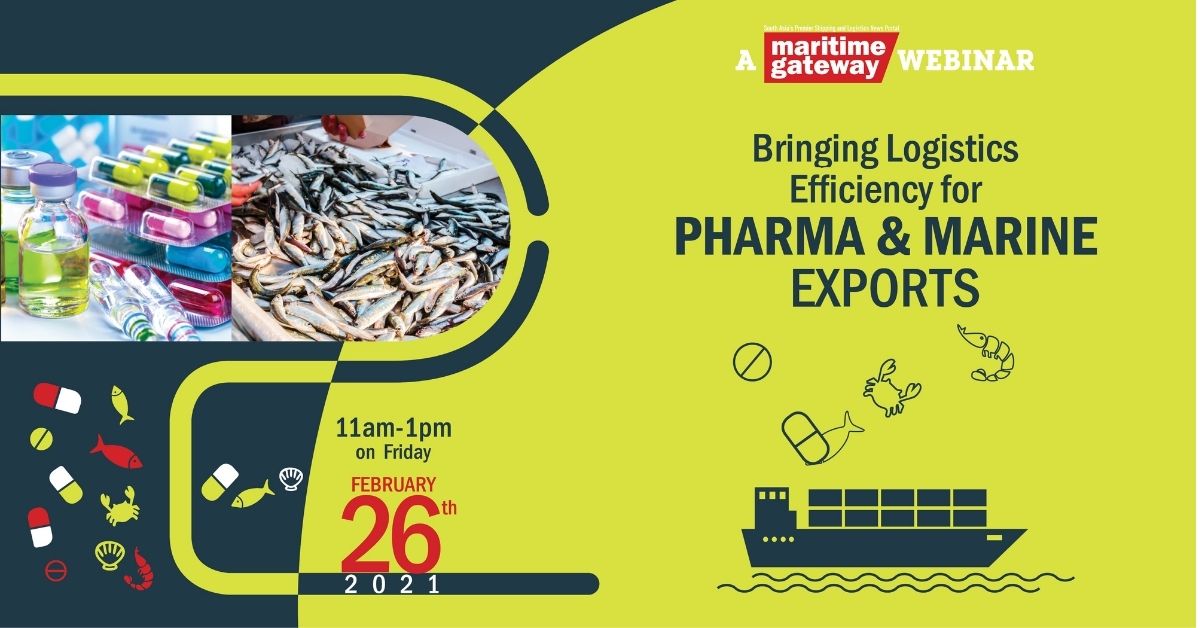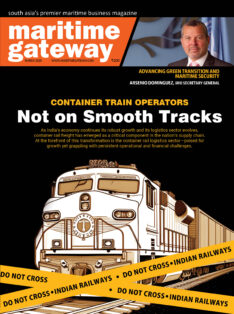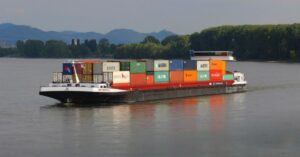While logistics cost and temperature excursions have remained critical issues with temperature sensitive cargo, technologies like Blockchain and IoT can induce visibility and traceability in the end-to-end supply chain developing trust among the stakeholders
This was the second in the series of “export-focused webinars” started to debate on the logistics issues that challenge our export potential. It focused on two commodities – pharma and marine. Setting the tone for discussion and deliberations, Mr. Ramprasad, Editor-in-Chief & Publisher, Maritime Gateway took a quick view of the inefficiencies in the supply chain such as high cost, lack of advanced warehousing facilities with automation and the need for a distribution mechanism that promises visibility and traceability across the supply chain, especially for pharma.
In the marine sector, India’s overall share of the global seafood market is expected to go from 4.1 percent to 6.7 percent by 2030 thanks to efforts directed towards promoting production, value addition, and diversification. Achieving these targets calls for establishing a seamless supply chain right from the factories till the products reach the end-user.
Dr. Kamalesh Mishra, President – Odisha, Seafood Exporters Association of India, pointed at the declining dollar value of seafood exports from 2017 to 2020, mainly due to the pandemic. A part from the few large players, most of the smaller players export raw material to countries like Vietnam where value addition happens, so India needs to focus on improving value addition in this sector. During the pandemic the seafood sector suffered raw material shortage, shortage of export containers, funding problems, decreased demand from export markets and lack of incentives. He also took a note of the connectivity issues by shipping lines. But as the global markets open up the industry looks forward to better prospects.
Packaging requirements are different for diverse pharma products which complicates logistics, shared Dr Mahesh Bhalgat, Chief Operating Officer, Syngene International Limited. India is the third largest producer of pharma in the world by volume but we are at 14th position in terms of value, which means we are producing low cost material which doesn’t generate enough revenues for us to invest in high-end logistics and go up in the value chain to meet the stringent regulatory requirements. Transportation accounts for 15% of the revenues for big pharma companies, which still face the threat of temperature excursions. Track and trace mechanism such as thermal mapping can help in avoiding temperature excursions and build more trust in the customer. It can also help in packaging different products together in order to bring down the logistics cost.
India is strong in its warehousing capacity but not in its ability to move goods in temperature controlled environment, remarked Ms Sadhika Kumar, Chief Operating Officer, Lynkit. Logistics companies need to build trust among the consumers for the commodities they are transporting and selling and here comes the role of IoT and Blockchain. Lynkit strives to offer end-to-end visibility across the supply chain by installing a complete ecosystem of technology, process and people.
In Reefer business The Port of Antwerp is very much interested in attracting volumes from India, informed Ms Malini Dutt, India Representative, Antwerp Port Authority. The Port has task forces which identify the logistics issues exim community raises and tries to find solutions for the same. The Port of Antwerp has come up with a GDP level certification, which is a first of its kind in offering enhanced reliability for an exporter. The Port Community System (NEXTPORT) helps in offering end-to-end supply chain visibility.
Sharing details on the cold chain infrastructure operated by his company, Mr Gopi Govindan, Regional Business Head- South, Snowman Logistics Ltd said, “We operate a fleet of 264 trucks fitted with GPRS tracking system. A command center at Bengaluru monitors the movement of these trucks in terms of temperature monitoring.” This data is shared transparently with the customer and this is how trust is being built with the customer. Thermal mapping of trucks moving pharma products is done to identify cold and hot spots.
Towards the conclusion, Mr Satish Lakkaraju, Chief Commercial Officer, Agility Logistics Private Ltd touched upon a very serious aspect which is “skilling of employees.” Skill levels of employees need to be improved if we are to move to the next level of value in the supply chain.












